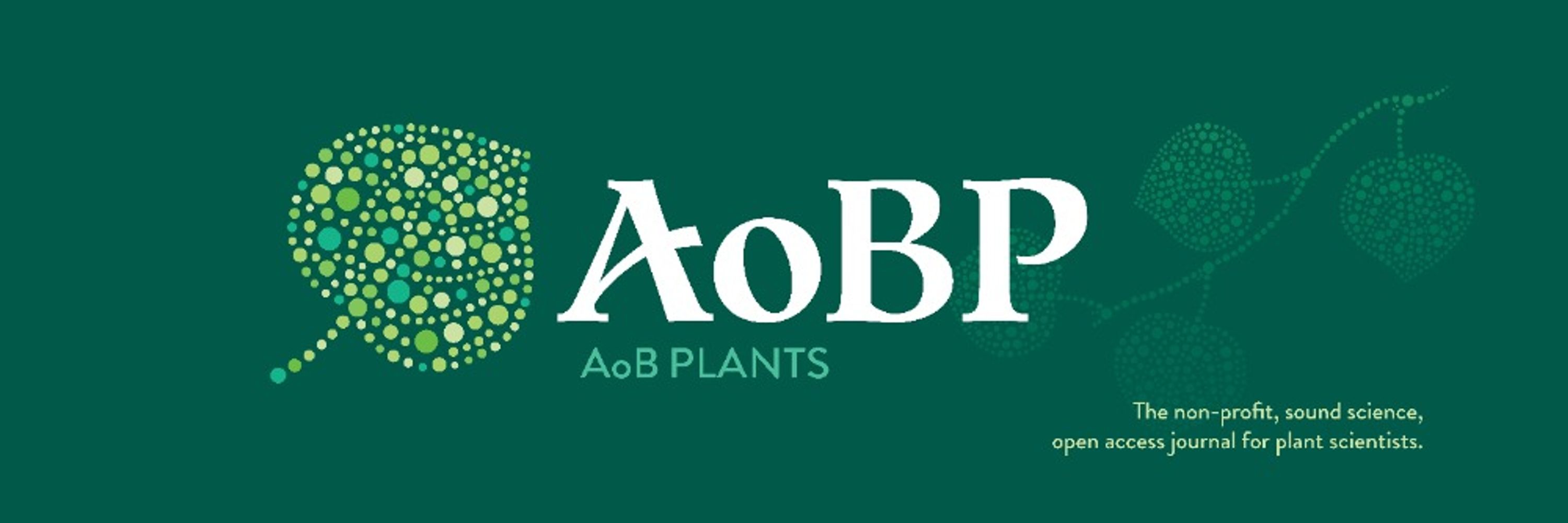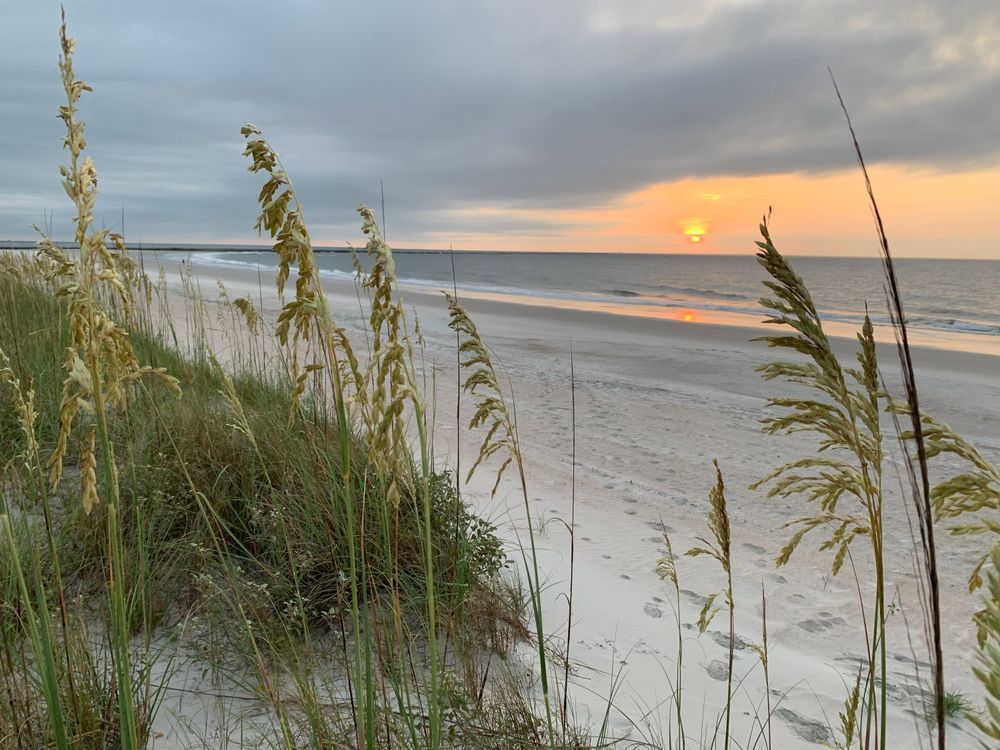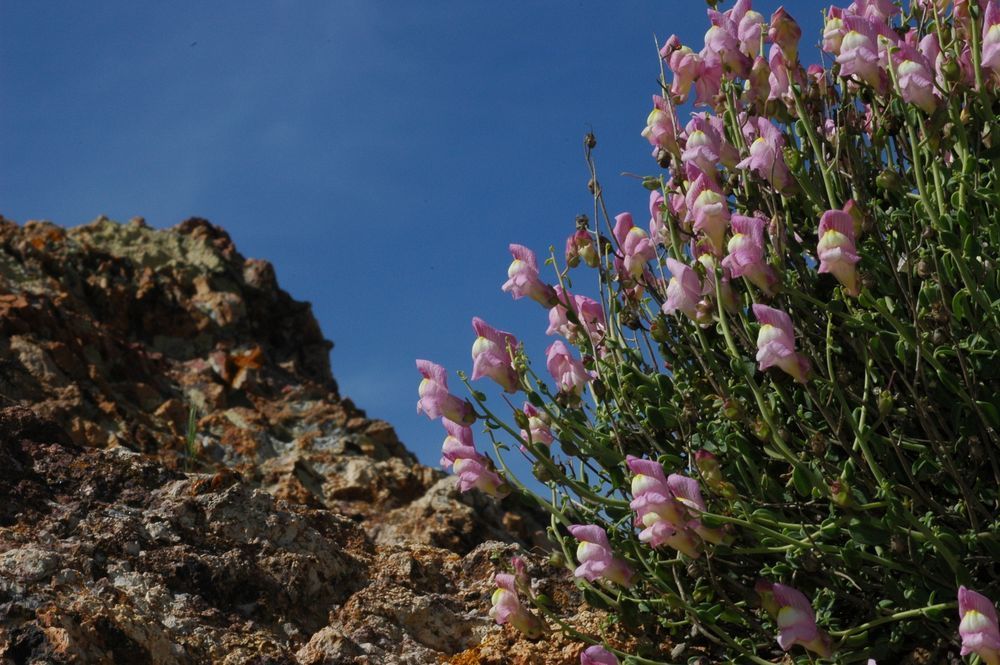AoB PLANTS
@aobp.bsky.social
2.6K followers
320 following
370 posts
Non-profit, sound science, open access academic journal in the plant sciences. All papers are available online to anyone, anywhere, free of charge.
Posts
Media
Videos
Starter Packs
AoB PLANTS
@aobp.bsky.social
· 11d

Bumblebee visitation and pollen dynamics in Palicourea coriacea (Rubiaceae): does coflowering with congeneric species matter?
This study investigates the pollination ecology of Palicourea coriacea in the Brazilian Cerrado to understand if flowering alongside P. officinalis modifie
doi.org
AoB PLANTS
@aobp.bsky.social
· 12d

Pollination effectiveness affects the level of generalisation of a plant species with phenotypically plastic flowers
Abstract. The pollination specialisation/generalisation continuum is a basic concept in pollination biology, usually defined as the number of species or fu
doi.org
AoB PLANTS
@aobp.bsky.social
· 14d
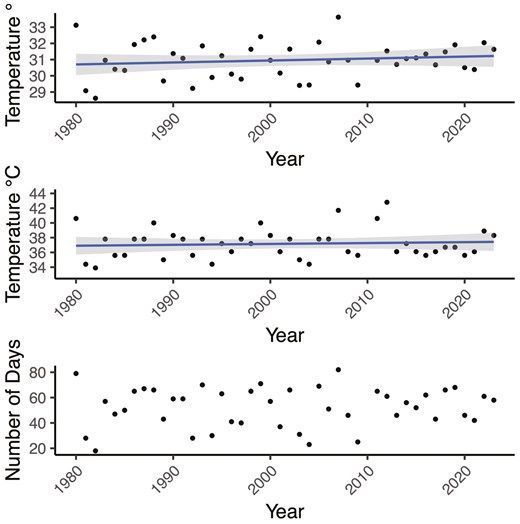
Leaf temperatures exceed thermal heat tolerances for a community of eastern North America hardwood trees
Changing climates are creating more intense and frequent heat waves that could disrupt forest communities. In temperate forests, we have a relatively limit
doi.org
AoB PLANTS
@aobp.bsky.social
· 18d

Guiding seed movement: environmental heterogeneity drives genetic differentiation in Plathymenia reticulata, providing insights for restoration
In this manuscript, we consider that efforts to restore degraded environments may prove ineffective if they overlook the fundamental aspect of Biodiversity
doi.org
AoB PLANTS
@aobp.bsky.social
· 19d

Global mRNA profiling reveals the effect of boron as a crop protection tool against Sclerotinia sclerotiorum
Sclerotinia sclerotiorum , the causative agent of white mould, is one of the top pathogens of Brassica napus , responsible for extensive losses in crop yie
doi.org
AoB PLANTS
@aobp.bsky.social
· 21d
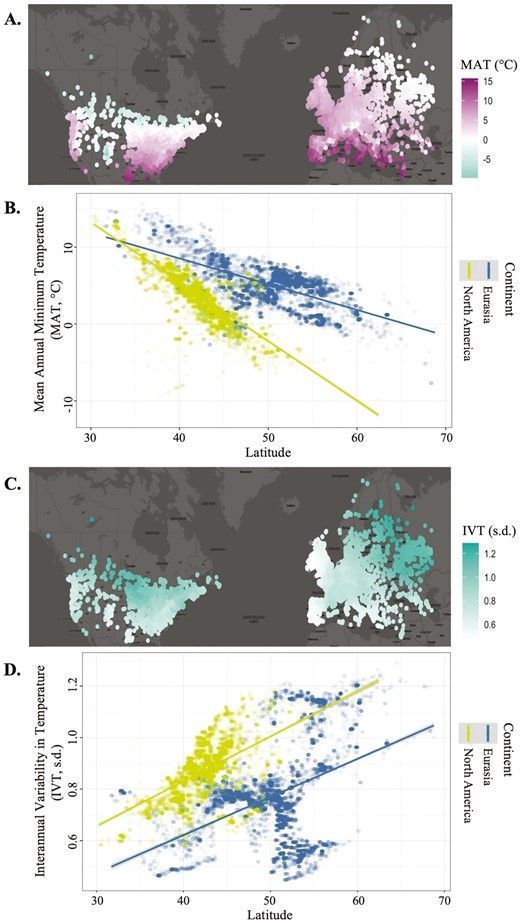
Cross-continental comparison of plant reproductive phenology shows high intraspecific variation in temperature sensitivity
Plants adjust their phenology, or timing of life cycle events, every year in response to annual changes in temperature. As temperatures increase with clima
doi.org
AoB PLANTS
@aobp.bsky.social
· 26d

Interconnected idioblasts in Peltaea polymorpha: a novel component of the mucilage-secretory apparatus in Malvaceae
Abstract. The anatomical and cytological characteristics of the mucilage-secretory system have been widely studied in Malvaceae. However, conflicting infor
doi.org
